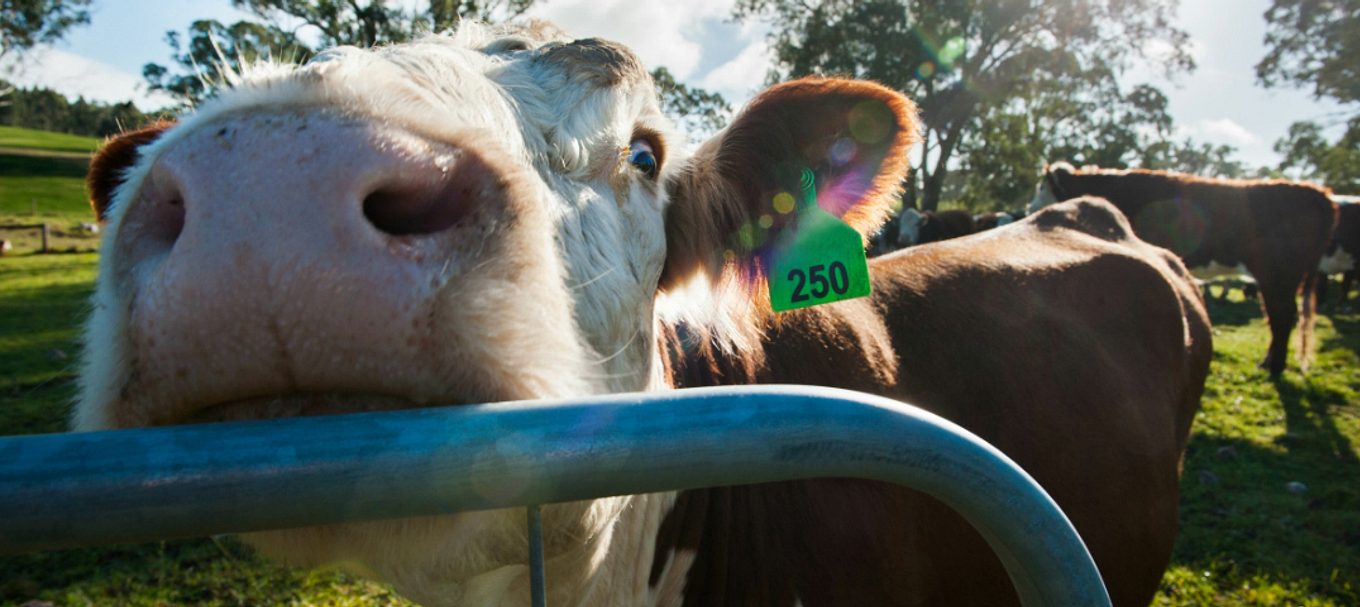
4 tips for new rural landholders
Moving to a patch of rural paradise after living in the city or the ‘burbs? Dreaming of the fresh air, the peace and quiet, wildlife at your doorstep, and all the horses you’re going to learn how to ride?
Whether you’ve moved far from the city or just on the outskirts, there’s a lot to consider.
You need to know how to prepare for bushfires, manage livestock, deal with weeds and pest animals – and that’s just for starters.
But don’t despair, everyone has to start somewhere. Here are a few things for you to consider:
1. Weeds
Regardless of the size of your property, whether it’s 5 hectares or 200-plus, it’s likely you’re going to have to deal with weeds.
Deciding whether something is a weed or not can really depend on the situation and your perspective, but certain plants are indisputably pests. They’re called weeds of national significance or declared weeds, and are a significant threat to agriculture, the natural environment and public health.
There are 140 different types of declared weeds in South Australia. You can’t buy, sell, move or cultivate them and you might even have a legal obligation to control them on your property, so it’s a good idea to familiarise yourself with what they are.
2. Livestock
Are you planning on keeping a few sheep, horses or cows? Maybe an alpaca or two? Then think about the type of pasture to keep your stock healthy. To work this out you’ll need to know a bit about the rainfall in your area and the soil.
Knowing the nutritional value of plants in your pastures is important too. Did you know that legumes are high in protein and grasses are responsible for fibre and energy? Some plants, such as phalaris (Phalaris aquatic) and perennial ryegrass (Lolium perenne) could make your horses and alpacas unwell – so it pays to check what you’ve got on your land.
3. Watercourses
Are there watercourses like rivers or streams on your property? If you’re a lover of biodiversity, you’re onto a winner as watercourses are critical in supporting native plants and animals, particularly in the riparian zones (the boundary between water and land).
You can protect and improve the water quality by fencing your watercourse off from stock and, if needed, revegetating the area with some native plants.
It’s a good idea to get up to speed with the relevant laws, particular around things like obtaining a license to irrigate or a permit to build dams.
4. Restoring your land
Want to make yourself popular with the local wildlife? Why not consider restoring some native vegetation.
There are three key ways to approach this: protect what you have, help native vegetation to regenerate naturally, or revegetate.
Protecting what you have can mean fencing off native vegetation and controlling pest animals and weeds, and this can also help your native vegetation to regenerate naturally.
To revegetate, plant species that might have been part of the original landscape. They require less watering and managing than introduced species, they won’t become problem plants, and native wildlife will love them.
Help is at hand
While there’s a lot to consider if you’re thinking about managing your own patch of rural land, it doesn’t have to be complex. Check out this practical guide for tips on how to make your life in the countryside safer and smarter, and to get a run-down of the most relevant parts of the Natural Resource Management Act 2004. And if you still want more, be sure to explore the range of support on offer.
Maybe face-to-face help is more what you need? If your land is in or around Adelaide, you can book in for an eight-week course hosted by Natural Resources Adelaide and Mount Lofty Ranges to learn more on how to manage your property better. The course covers watercourse and dam management, biodiversity and pest animal control, land management options and property planning ideas – and there’s even a farm walk included. Further afield? Get in touch with your local natural resources centre to find out more about managing your patch.





